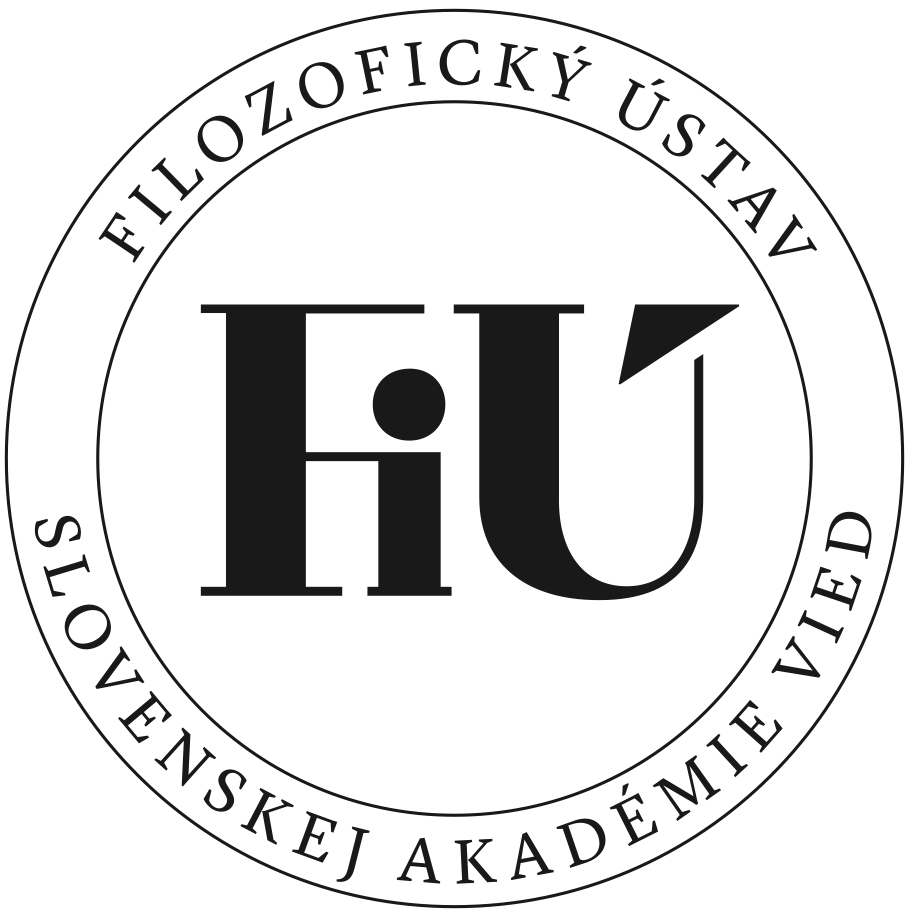Publication Details
Soul as a Mixture of Being, Sameness, and Otherness in Plato’s Timaeus (Tim. 35a1-b3)
Abstract
The main aim of this study is to thoroughly analyze and explain the meaning of a crucial passage 35a1-b3 from Plato’s Timaeus. At first, two rival readings of the text are presented and critically examined. Since the first one, championed for example by Alfred Taylor, meets with some serious difficulties, the other one, which is able to evade them, is shown to be clearly preferable and serves as a basis for the author’s translation of the text. It is thus argued that, according to Plato, the Demiurge when creating the worldsoul proceeds in two steps. First, he takes three of the “highest kinds” (namely Being, Sameness, and Otherness) both in their divisible and indivisible form and, mixing them, creates intermediate Being, Sameness, and Otherness. Second, he mixes these three intermediate kinds. As a result, the soul occupies a special place inbetween the eternal and immutable ideas and the everchanging corporeal world. Moreover, it can cognize both these “worlds” as well as exert an influence upon the corporeal one. The soul thus appears to be a key invention of the Demiurge since it can maintain the order once imposed on the world by its creator.
Plato, Timaeus, Soul, World-soul, Highest kinds, The Demiurge
